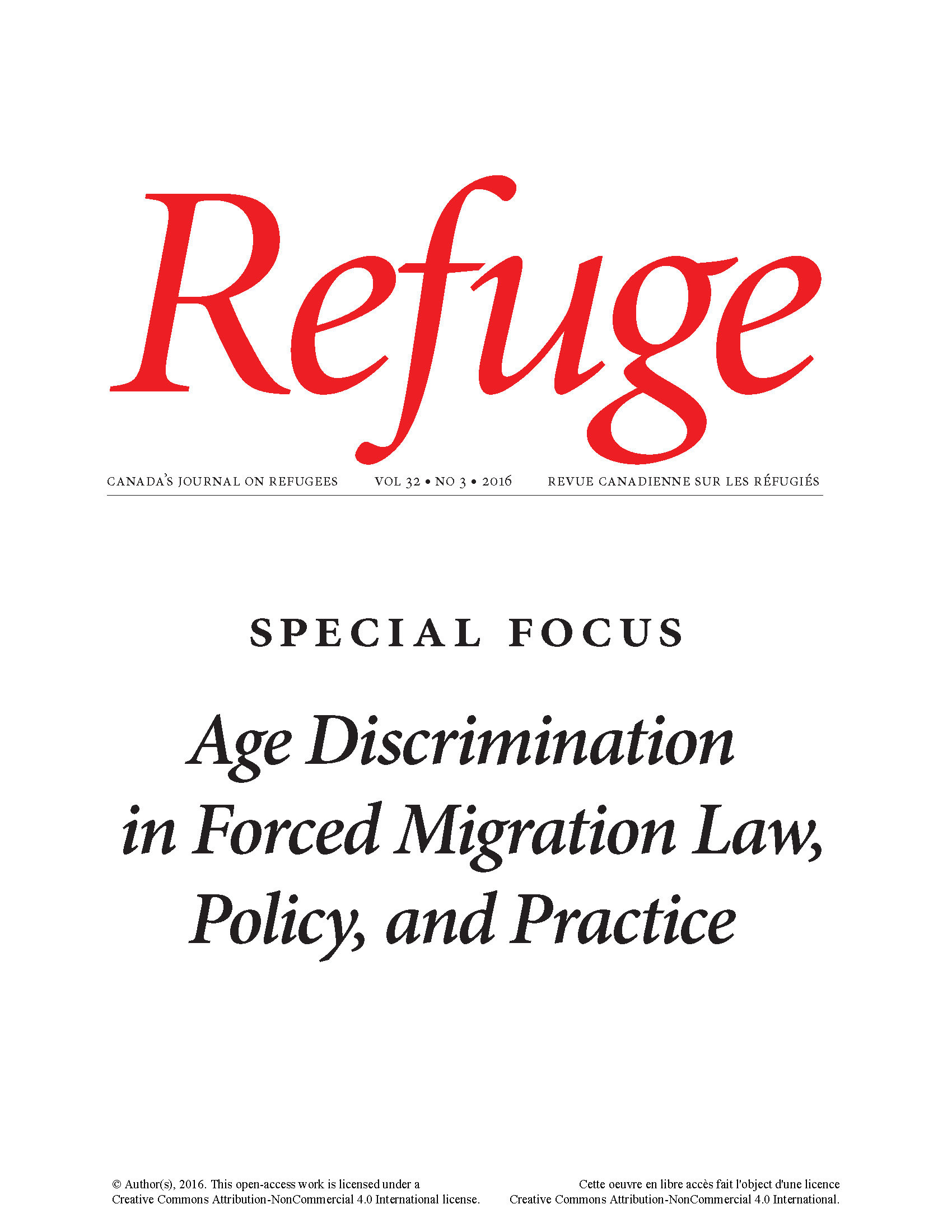Telemedicine: Bridging the Gap between Refugee Health and Health Services Accessibility in Hamilton, Ontario
DOI:
https://doi.org/10.25071/1920-7336.40396Keywords:
Hamilton, Ontario, Canada, telemedicine, telehealth, health services, accessibility, refugeesAbstract
Refugees face considerable challenges upon seeking asylum in Canada, and accessing health care services remains a prominent issue. Recurrent themes in the literature outlining barriers to health-services accessibility include geographic, economic, and cultural barriers. Drawing on the experiences of service providers in Hamilton, Ontario, we explored the efficacy of telemedicine services in bridging the gap between refugee health and health services accessibility. Research methodology included structured interviews with clinicians who provide health-care services to refugees, complemented by a scoping literature review. The results of this exploratory study demonstrate the efficacy of telemedicine in encouraging dialogue and policy change in the greater health-care setting, and its potential to increase access to specialist health-care services.
Metrics
Downloads
Published
How to Cite
Issue
Section
License
Copyright (c) 2016 Anthony Robert Sandre, K. Bruce Newbold

This work is licensed under a Creative Commons Attribution-NonCommercial 4.0 International License.
Refuge authors retain the copyright over their work, and license it to the general public under the Creative Commons Attribution-Non Commercial License International (CC BY-NC 4.0). This license allows for non-commercial use, reproduction and adaption of the material in any medium or format, with proper attribution. For general information on Creative Commons licences, visit the Creative Commons site. For the CC BY-NC 4.0 license, review the human readable summary.







